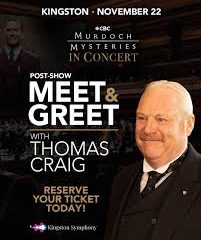The Enduring Charm of Limerick Poetry

Introduction to Limerick Poetry
Limerick poetry, a whimsical and often humorous form of verse, has been captivating audiences for centuries. Characterised by its distinctive AABBA rhyme scheme, limericks are not only an entertaining form of writing but also serve as a significant part of poetic tradition. With roots traced back to 18th-century England, the relevance of limericks continues in modern culture, influencing both literature and music.
The Structure and Style of Limericks
A typical limerick consists of five lines, where the first, second, and fifth lines contain three beats, while the shorter third and fourth lines contain two beats. This rhythm, known as anapestic trimeter, adds a musical quality that makes limericks enjoyable to read and recite. For example, one of the most famous limericks begins, “There once was a man from Peru, / Who dreamed he was eating his shoe…”. Such playful themes and exaggerated narratives make limericks a popular choice in children’s literature and educational settings.
Current Popularity and Cultural Impact
Today, limerick poetry has seen a resurgence in popularity, particularly through social media platforms. Artists and writers share their limericks, with many even creating challenges that encourage users to craft their own verses. This revival highlights the versatility of limericks, capable of addressing contemporary themes while maintaining their traditional charm. Various competitions and festivals also celebrate this poetic form, bringing together enthusiasts from all backgrounds.
Conclusion: The Future of Limerick Poetry
As we reflect on the significance of limerick poetry, it becomes clear that its charm lies in its playful nature and ability to connect with audiences of all ages. The ongoing interest in limericks suggests that this poetic form will continue to thrive in the years to come. With genres and styles constantly evolving, the limerick remains a delightful staple in the world of poetry, reminding us of the joy to be found in clever phrasing and rhythmical patterns.









